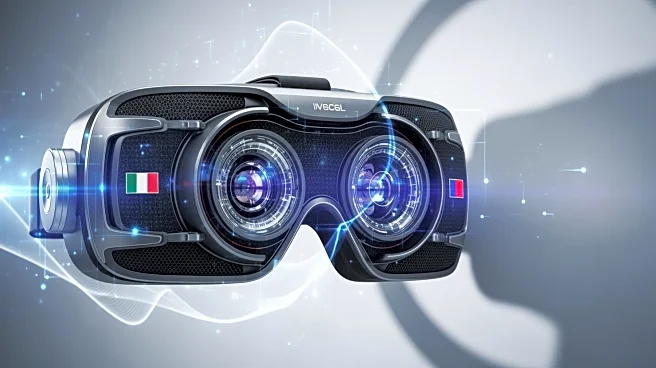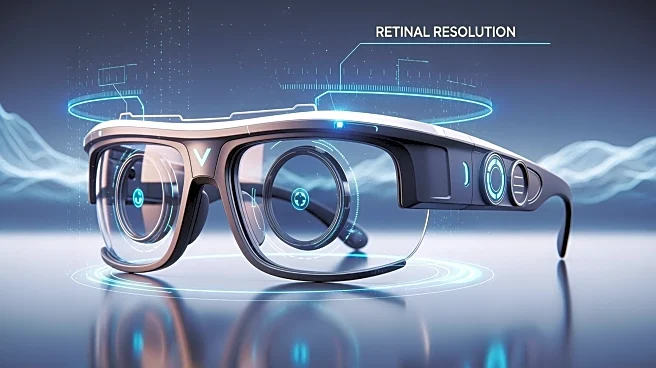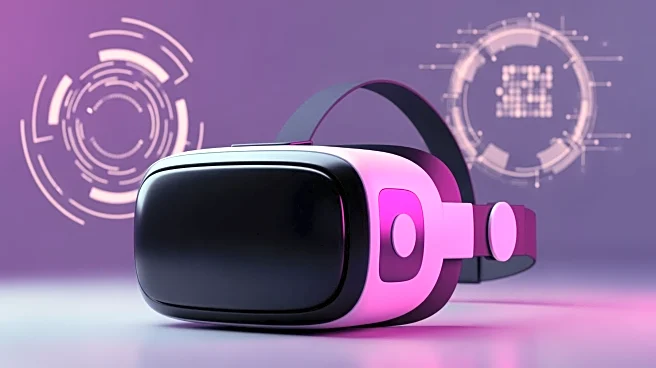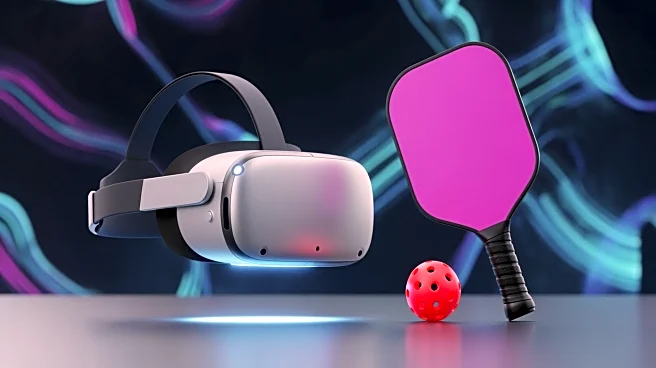What's Happening?
Researchers from Cambridge University and Meta have conducted a study that challenges the commonly accepted notion of 'retinal' resolution in virtual reality (VR) headsets. Traditionally, it has been believed
that 60 pixels per degree (PPD) is the limit for human visual perception, equating to 20/20 vision. However, the study, involving 18 participants, found that individuals could discern details at much higher resolutions, with some participants perceiving up to 120 PPD. The experiment involved a 27-inch 4K monitor on a motorized rail, with participants discerning visual features under varied conditions. The findings suggest that the human eye can perceive more detail than previously thought, which has significant implications for the development of VR and augmented reality (AR) technologies.
Why It's Important?
This discovery is crucial for the VR and AR industries, as it indicates that there is still significant room for improvement in headset resolution. Current high-end headsets achieve around 35 to 51 PPD, but the study suggests that future devices could aim for much higher resolutions to match human visual capabilities. This could lead to more immersive and realistic experiences in VR and AR, potentially transforming industries such as gaming, training, and remote collaboration. The findings also highlight the potential for continued innovation in display technology, as manufacturers strive to meet these newly identified perceptual limits.
What's Next?
The study's results may prompt VR and AR developers to prioritize higher resolution displays in future headset designs. Companies like Meta, which are already experimenting with prototypes achieving 90 PPD, may accelerate their efforts to push the boundaries of visual fidelity. As the industry digests these findings, we can expect a renewed focus on balancing resolution with other critical factors such as field of view and device weight. Additionally, this research could influence the development of new standards for VR and AR display quality, guiding future technological advancements.
Beyond the Headlines
The implications of this study extend beyond just technological advancements. It raises questions about the limits of human perception and how technology can be designed to enhance or complement these natural capabilities. The research also underscores the importance of empirical studies in challenging established norms and driving innovation. As VR and AR technologies continue to evolve, understanding the nuances of human perception will be key to creating devices that are not only technologically advanced but also intuitively aligned with human sensory experiences.











